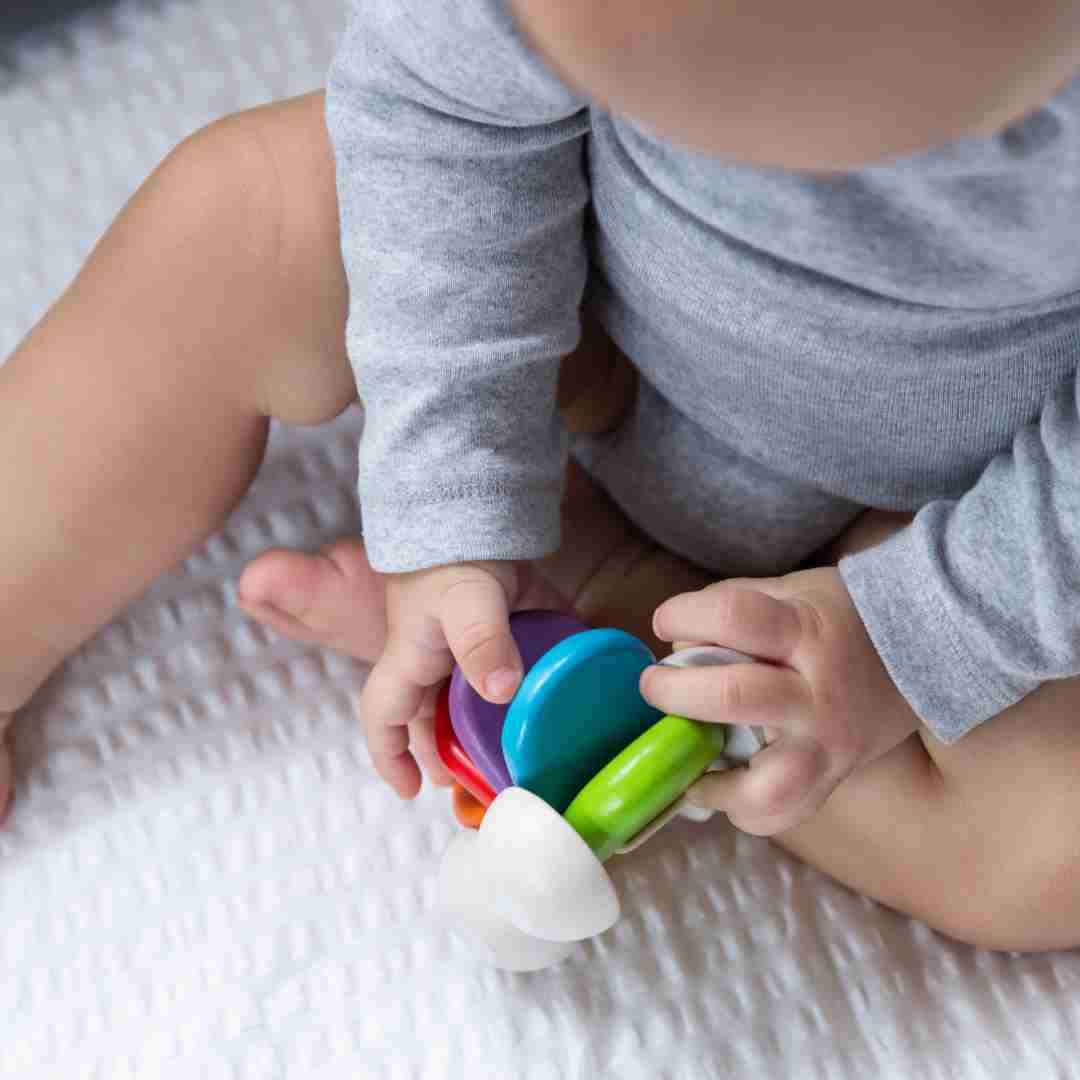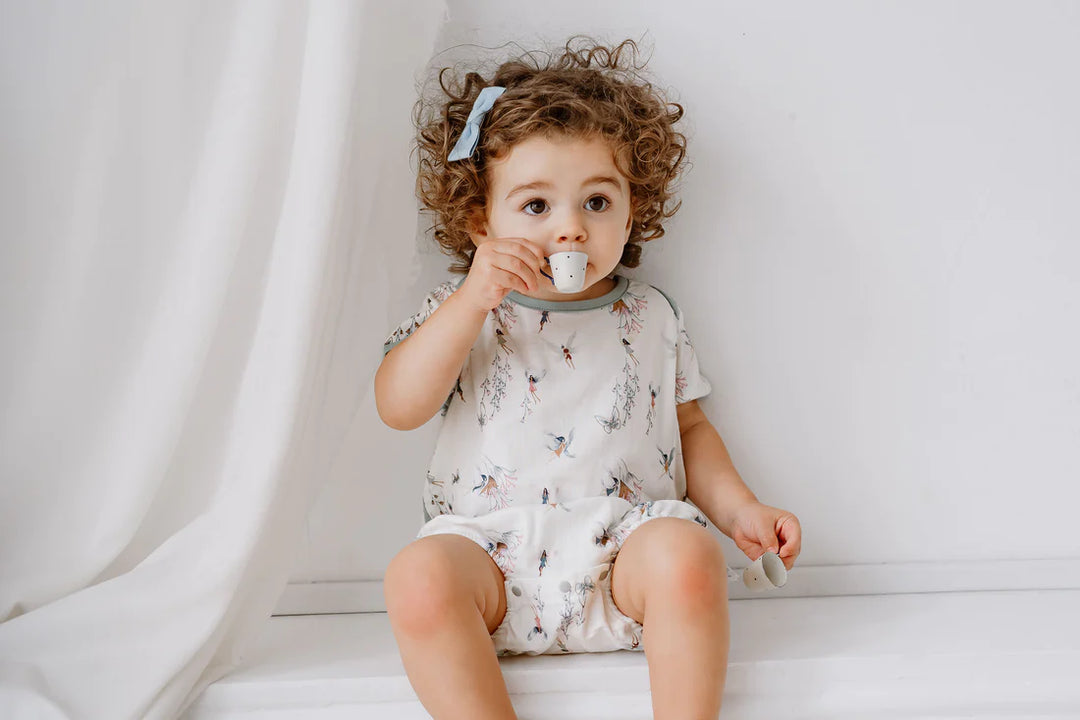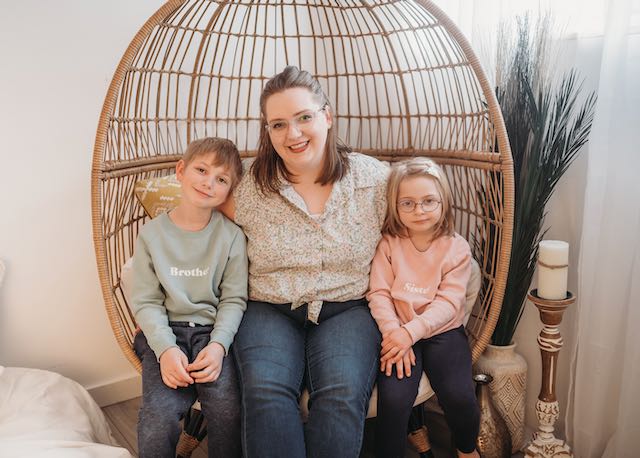Pacifier Sizing: Choosing the Right Size for Your Child
Babies have different needs and preferences when it comes to pacifiers. Finding the perfect fit for your little one is essential for their comfort and soothing.
Age and size indications can serve as a guide, every child develops at different rates and has different preferences. For most brands, sizing is a general guideline to identify different sized pacifiers, and less to do about which age the pacifier is allowed.
Here are some recommendations on pacifier sizes from our pacifier brands:
Bibs: All sizes can be introduced from birth.
- Size 1: Recommended for 0+ months
- Size 2: Recommended for 6+ months
- Size 3: Recommended for 18+ months
- Onesize: Suitable for ages 0-3 years
Please note that these age and size recommendations are not strict rules, but general guidelines. Most newborns tend to prefer smaller-sized pacifiers initially.
Elodie Details: The difference between pacifier sizes lies in the teat and the mouth shield.
As babies grow, their mouths become larger and they develop more strength in their mouth and tongue for sucking. The most significant changes occur within the first few months.
- Newborn-sized pacifiers: These feature smaller shields and teats suitable for newborns.
- Larger-sized pacifiers: Generally recommended from 3 months onwards.
After the age of three months, there is typically little need to adjust pacifier sizes, as the size your child is accustomed to will likely be the size they prefer until it's time to wean them off pacifiers altogether. Some babies may take longer to transition from the newborn size, but consistently offering them the larger teat size will eventually lead to acceptance. Elodie Details Pacifier Guide.
When choosing the right pacifier size, it's important to consider the following expert advice:
The American Academy of Pediatrics (AAP): According to the AAP, pacifiers may reduce the risk of sudden infant death syndrome (SIDS) when used during sleep. They recommend offering a pacifier at naptime and bedtime for infants up to 1 year of age. However, if the pacifier falls out of the baby's mouth during sleep, there is no need to put it back.
"Pacifiers come in different sizes. You will also find a variety of nipple shapes, from squarish “orthodontic" versions to the standard bottle type. Try different kinds until you find the one your baby prefers."
Your baby's comfort: Observing your baby's comfort and preference is crucial. Some babies may have a strong sucking reflex and require a larger teat, while others may prefer a smaller size. Pay attention to signs of discomfort, such as difficulty keeping the pacifier in their mouth or excessive drooling, which may indicate the need for a different size. Child preference and comfort truly dominates navigating the right size and style pacifier for your child.
It's also important to continue to check your pacifiers regularly, and practice pacifier safety when in use. Learn more about pacifier safety.
Finding the right pacifier size for your child may require some trial and error. By considering your baby's age, development, and comfort, you can choose a pacifier that promotes soothing and contentment.






